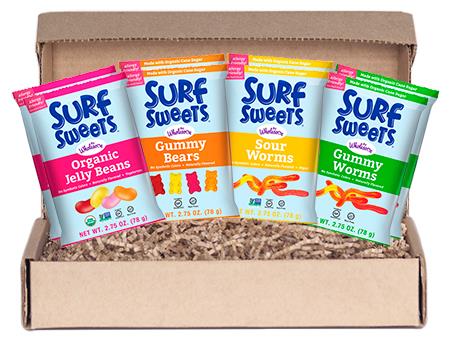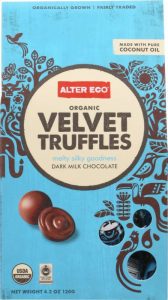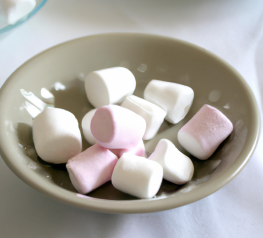Selling Candy for Profit: Drop Shipping Opportunities
Selling Candy for Profit: Promising Business Opportunity
Trying to find a reliable source of supplemental income, or a post-retirement business venture?
Selling candy for profit is a viable option. After all, even in hard economic times, people still want to satisfy their sweet tooth. In fact, one man has made over $55,000 a year by selling candy at NYC subway stations!
Of course, like any business venture, it’ll only work if you make the right moves.

Choosing the right wholesale supplier and products is key. Distancing yourself from the competition is vital. Also, being aware of your customer base, and paying attention to the profitability of products, are just as crucial steps.
Read on to learn more.
Be Smart About Product And Supplier Selection
A. Distance Yourself from the Competition: Find Your Selling Niche
Large grocery stores. Convenience stores. Pharmacies. Concessions. Vending machines.
It seems like everywhere you look, someone’s selling candy.
So, if you don’t establish a niche, you’re going to have loads of competition, and a harder time profiting.
Most candy-selling businesses choose mainstream products. Distance yourself from them by selling high-quality, unique candy.
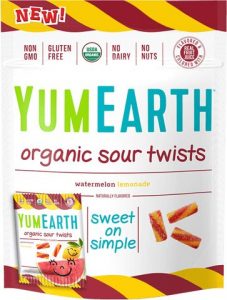
Natural and organic candy’s an ideal selling choice.
- It’s premium and distinct.
- Even better, it plays to current food buying trends.
- People want ethical food with easy-to-understand ingredients, and without harmful synthetic components.
- Also, they see natural and organic food as healthier.
- But, taste’s still their highest priority. Satisfy their cravings!
B. Know Your Customer Audience
Now that you’ve chosen the niche, you’ll want to consider your customer audience.
That audience, along with profitability (more on that later) will drive specific product selections.


Nonprofit organizations often want to resell candy as fundraisers, especially surrounding holidays or special community events. Attracting this audience to your candy store is key.
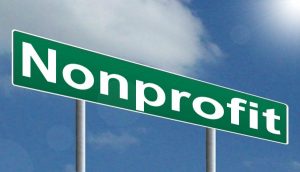
So, you’ll want to sell selections that are appealing to:
- Schools
- School organizations (sports teams, bands, clubs, etc.)
- Places of worship
- Collegiate organizations (sororities, clubs, honor societies, etc.)
- Community nonprofits (sports teams, musical groups, charities, etc.)
Selling a selection of candy that will appeal to all ages also helps.
- Chocolate bars are always popular, especially high-end bars.
- So are natural versions of common favorites, like gummi bears and sour candy.
C. Choose a Wholesale Supplier—And Drop Ship


When choosing a supplier to source your candy from, make sure you choose a wholesale distributor— they offer low wholesale prices. That way, you’ll have a better chance of increasing your profitability.
With a drop shipping supplier, you’ll enjoy other advantages as well.
- You won’t have to manage your inventory or sell your own orders.
- Instead, the supplier will ship the candy to you, or directly to your customer, once you sell.
- In addition, you’ll only pay for what you sell!
D. Consider Profitability

When picking specific candy products to sell, you’ll want to calculate the profit margins of each product to make the wisest decisions.
The profit margin shows how profitable a product is (in percentages). It’s also known as the profitability.


Example 1: Endangered Species Milk Chocolate
Wholesale Price: $2.08/bar
Suggested Retail Price: $3.59/bar
Profit per bar sold: $3.59-$2.08= $1.51
Margin: 1.51 ÷ 3.59 x 100 = 42%
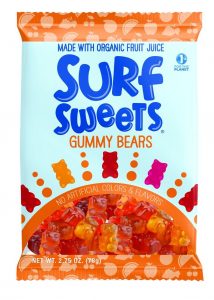
Example 2: Surf Sweets Gummy Bears
Wholesale Price: $1.56/bag
Suggested Retail Price: $2.49/bag
Profit per bag: $2.49-$1.56=93 cents
Margin: 0.93 ÷ 2.49 x 100= 37.3%
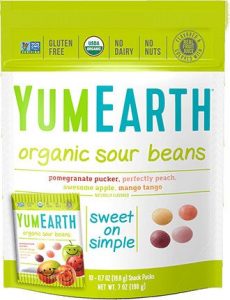
Example 3: YumEarth Organic Sour Beans (Bag of 10 snack packs)
Wholesale Price: $4.58/bag
Suggested Retail Price: $7.59/bag
Profit per bag: 7.59-4.58= $3.01
Margin: 3.01 ÷ 7.59 x 100 = 39.7%
Example 4: Alter Eco Organic Velvet Truffles
Wholesale Price: $5.78
Suggested Retail Price: $9.19
Profit per bag: $9.19-$5.78=$3.41
Margin: 3.41 ÷ 9.19 x 100= 37.1%
You’ll also want to use these calculations with your sales of a given candy over a month and over a year, to check long-term profitability of products.
Of course, you’ll also need to make sure that the products you choose are reliable selling ones. One way to determine this is to look towards common food trends.
E. Hot Categories of Candy
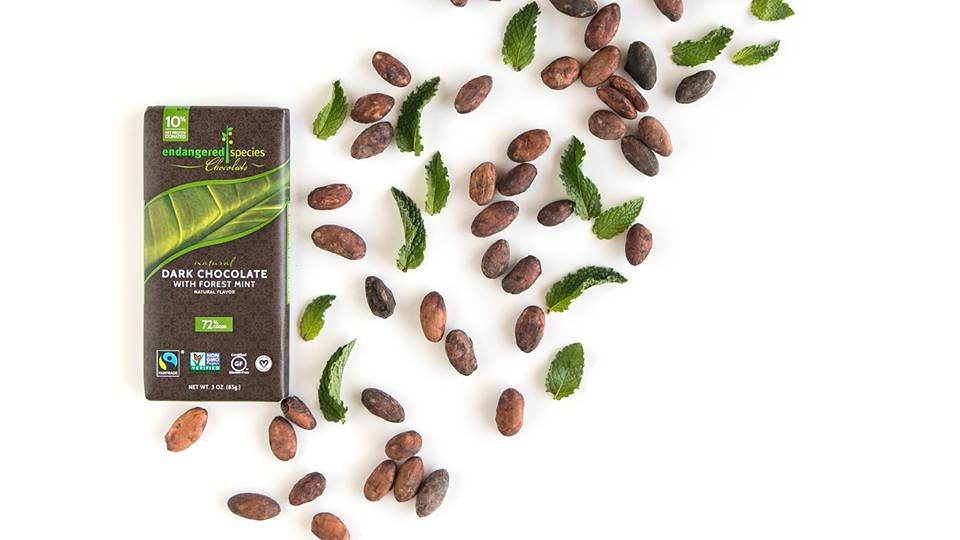
Premium Chocolate:
Chocolate that sells at over $12 per pound. The hottest-selling category of chocolate, and candy overall, by far. Consumers love this luxury!
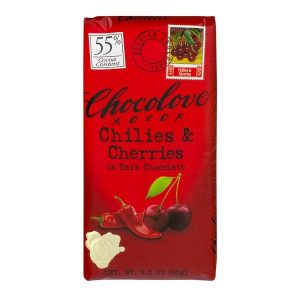

Candy with a Kick:
Millennials (people between age 21 and age 30) love bold, unique flavors. They especially love spicy foods. Chocolate bars with chili peppers and spices appeal to their cravings.
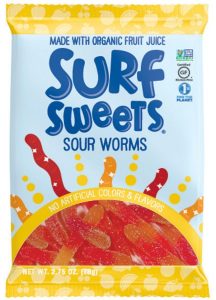
Non-GMO Candy:
Harmful genetically modified ingredients show up in many mainstream candies. But non-GMO candy brings all the scrumptious taste without these dangerous GMOs.

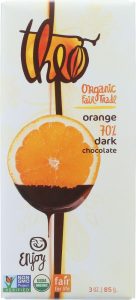
Organic Candy:
Taking it one step further, organic candy is both free of GMOs and free of all synthetic ingredients. No artificial colors, flavors, or ingredients here!

Healthier Takes on Classic Candy:
Natural and organic versions of gummi bears, sour candy, gummy fish, and others appeal to nostalgia but have better-for-you ingredients.
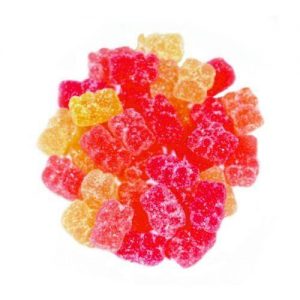
Vegan Candy:
The vegan lifestyle’s popularity keeps growing, with a 600% increase in American vegans between 2014 and now. Vegan candy’s completely plant-based (free from all animal-derived or animal-produced ingredients).

Allergy-Friendly Candy Favorites:
Don’t let people with food allergies feel left out of the fun. Many candy brands make chocolate and fruity candies that are free of the most common allergens.
Interested in starting a profitable candy selling business? Turn to GreenDropShip.com. You’ll enjoy a vast selection of natural and organic candy, with wholesale prices and fast transit times. Learn more.
